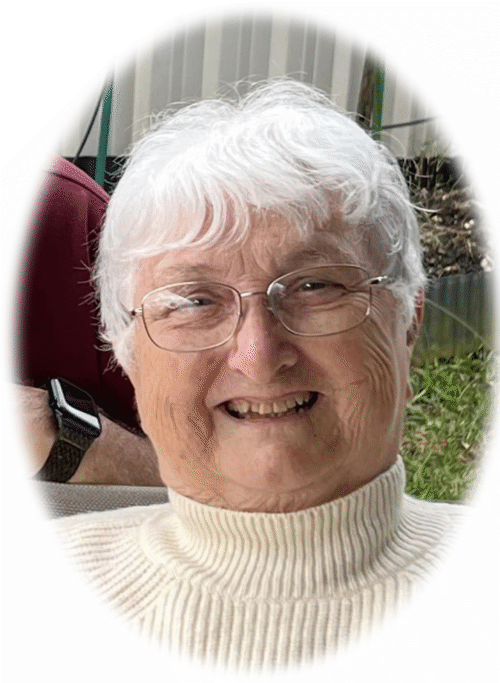I’m a very visual person, with a vivid imagination – or as my Mum used to call it ‘mind’s eye’. You could say I write my first draft in my head. I spend hours developing the characters in my imagination; deciding who they are, what they look like, what their mannerisms are and what world they inhabit. I tell myself the story, ‘see’ the environment around me, feel the emotions of each character and think their thoughts. (You may have guessed that I dream in colour… and remember my dreams!).
I believe this is the legacy left by my father who, when I couldn’t sleep, said to me “Tell yourself a story in your head.”
When I begin to feel that I know my characters and the story is starting to unfold, I write. Sometimes at the computer, sometimes handwriting in a spirax notebook (spirax because lots of tearing out of pages and screwing up for the bin takes place). I write and write and write. Just getting it all down on the page. I don’t worry about spelling or grammar or formatting at this stage. Nothing can interrupt the telling of the tale. I find handwriting is better at this stage. If I type there’s too much a temptation to edit as I go and that invariably stops the story in its tracks. Transcribing onto the computer is not an issue as I use Really software’s Transcribe website, reading the text into the laptop which is immediately turned into type by Transcribe. Cheap as chips and does a great job. I can tell my story into my iPad or iPod and save it as an .mpeg file and Transcribe will quickly turn it into text for me. It’s great if you want to sit on the beach in a quiet spot and talk your story rather than write. Passers-by think you’re crackers but that’s okay!
When the first draft is finished and transcribed, I go back and edit for readability. Does it make sense? Does it flow? Are there bits that I need to take out? Do I need to write more about this bit?
Third draft is the technical draft; spelling, grammar and readability. There is a great tool, “Prowriting Aid”, that helps me with that. Not cheap, but worth every cent. Once I’ve put it through the PWA I ask a dear friend to read it for me. A lot has been said about Beta Readers. They are hugely fashionable, but really, they are just friends who can be very straight and call a spade a bulldozer in telling you whether your writing is engaging, where it might be confusing and what is utter rubbish. Your friend needs to be a good friend, one you trust and whose feedback won’t break the friendship.
A lot of work follows to act on the feedback. The fourth draft goes to the copy proofer and proofreader.
I do my own layout. I publish my own work using Print-On-Demand and distribute through the POD network and Amazon. I market my books through social media and my own online books shop.
I’ll never be rich. But I love to share my stories and my knowledge through fiction and non-fiction (Family History, Quilting and Cooking) with anyone who is kind enough to want to read them. I get as much satisfaction out of helping beginning writers publish their first books as I do out of writing and publishing my own.
If I cover my costs, I’m happy. Writing, editing and publishing keep my mind active, satisfy my creative soul and let me contribute to my community. All good.
